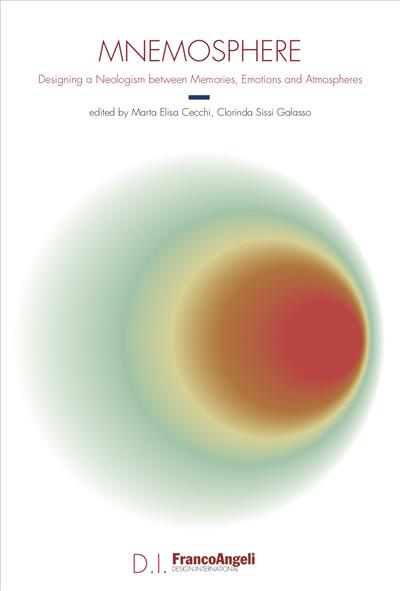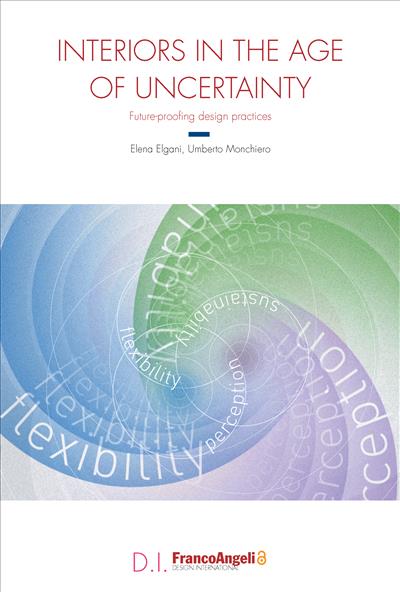
A cura di: Maurizio Rossi, Davide Spallazzo
Digitally enhanced design
Breakthrough tools, processes, and expressive potentials
The book explores evolving perspectives on furniture, interior, spatial and architectural design, providing a multifaceted view of how the design discipline and practice deal with the complex and ever-evolving interplay between the physical and the digital realms. It explores the new frontiers of digitally enhanced design, investigating how computation capabilities impact the design discipline and designers’ thinking and practice, proposing captivating portraits of digitally enhanced design possibilities, from tools and processes to expressive potentials.
Open Access
0,00
Open Access
0,00
Pagine: 148
ISBN: 9788835125716
Edizione:1a edizione 2021
Codice editore: 10319.9
Informazioni sugli open access




